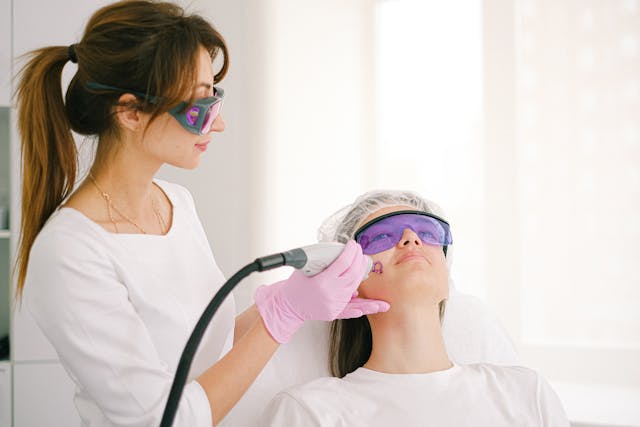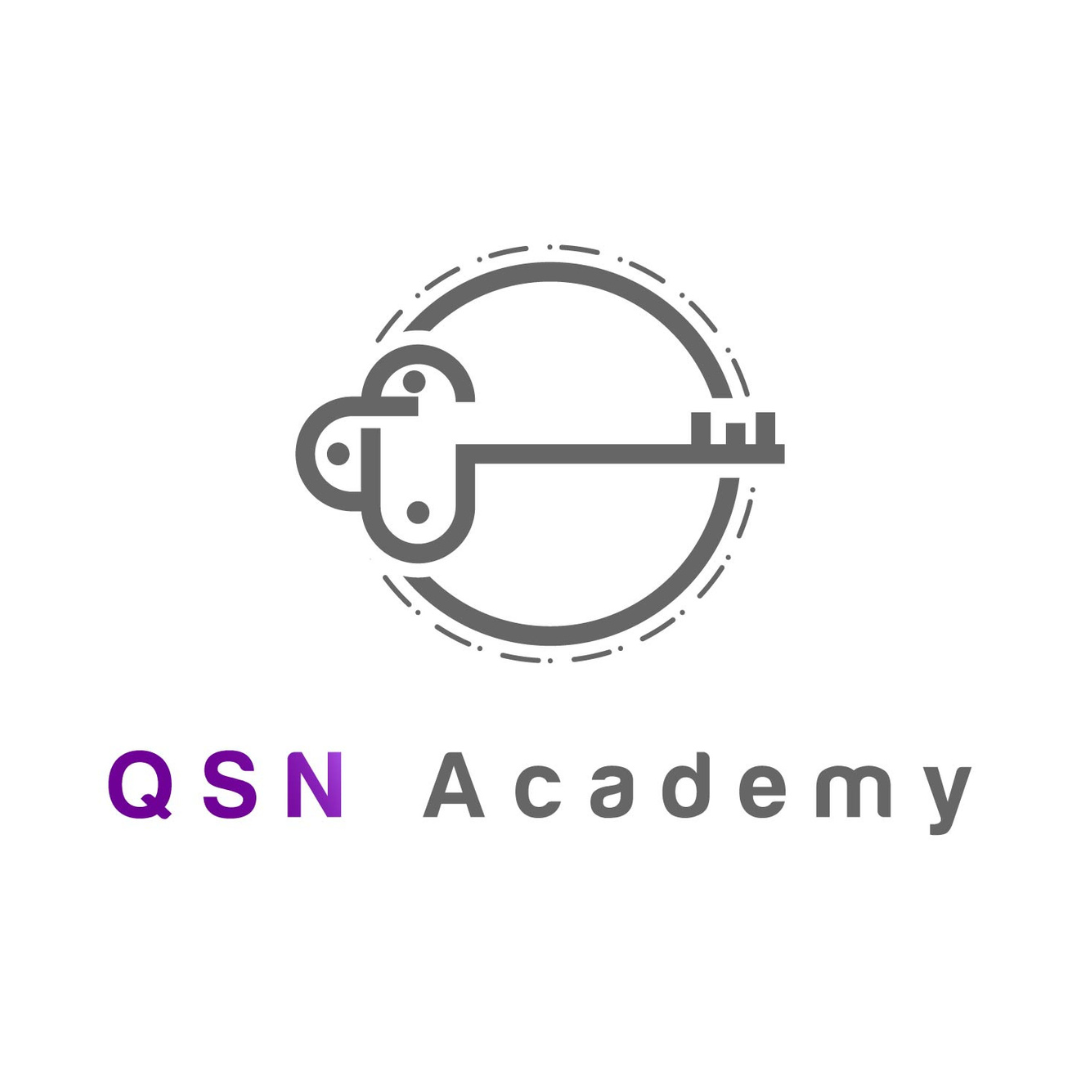
An Introduction to ISO 14971
ISO 14971 is the international standard for risk management of medical devices. It provides a structured framework for identifying hazards, evaluating risks, controlling risks, and monitoring their effectiveness throughout the lifecycle of a device. The standard is widely recognized by regulatory authorities, including the Therapeutic Goods Administration (TGA) in Australia, the U.S. Food and Drug Administration (FDA), and the European Medicines Agency (EMA). Compliance with ISO 14971 is essential for therapeutic goods manufacturers, testing laboratories, and biotechnology companies to ensure the safety, quality, and efficacy of their medical devices.
The standard emphasizes a proactive approach to safety, requiring organizations to anticipate potential hazards before they occur and implement appropriate controls. This preventive strategy not only supports regulatory compliance but also safeguards patients, healthcare providers, and other stakeholders from potential harm. QSN Academy, specialists in GMP and regulatory compliance, assists companies in implementing ISO 14971 to develop robust risk management systems aligned with international standards.
ISO 14971 applies to all types of medical devices, from simple instruments to complex diagnostic systems and biotechnology products. By integrating risk management into every stage of a device’s lifecycle—from design and development to production, post-market monitoring, and eventual disposal—organizations can reduce the likelihood of device-related incidents and enhance overall product quality.
Scope of ISO 14971
The scope of ISO 14971 is to provide a systematic approach for the management of risks associated with medical devices. In the context of the standard, risk is defined as the combination of the probability of occurrence of harm and the severity of that harm. Harm can arise from various sources, including device malfunctions, user errors, environmental factors, or interactions with other devices or biological systems.
The standard defines a structured risk management process that includes the following components:
Risk analysis: Identifying potential hazards associated with the device, including those related to design, materials, software, and intended use.
Risk evaluation: Assessing the probability and severity of harm to determine whether risks are acceptable or require mitigation.
Risk control: Implementing measures to reduce unacceptable risks through design changes, protective measures, or user information.
Residual risk evaluation: Determining whether remaining risks are acceptable in the context of the benefits provided by the device.
Risk management review: Periodically reviewing risk management activities to ensure they remain effective.
Post-market surveillance: Continuously monitoring devices in the field to detect new hazards or changes in risk profiles.
Through this process, ISO 14971 ensures that organizations manage both foreseeable and unforeseen risks in a systematic and scientifically sound manner.
Regulatory Importance
ISO 14971 is recognized as the global benchmark for risk management in the medical device industry. Regulatory authorities require manufacturers to demonstrate compliance with the standard as part of device approval processes. This makes ISO 14971 compliance essential for market authorization, ongoing regulatory oversight, and international trade.
For therapeutic goods manufacturers and biotechnology companies, adherence to ISO 14971 provides several advantages:
Regulatory alignment: Ensures conformity with legal and international standards.
Improved patient safety: Reduces the likelihood of device-related injuries or adverse events.
Operational efficiency: Early identification and mitigation of risks minimizes costly recalls or design modifications.
Enhanced product quality: Risk management integrated into design and production ensures consistent delivery of high-quality devices.
ISO 14971 also emphasizes thorough documentation of risk management activities, including risk management plans, hazard analyses, risk control measures, and verification of effectiveness. These records are critical for audits, inspections, and regulatory submissions, providing verifiable evidence that risks have been systematically identified and controlled.
Implementation Process
The implementation of ISO 14971 involves a structured and systematic approach. It begins with the development of a risk management plan, which defines the scope, responsibilities, methods, and criteria for risk evaluation. This plan serves as a roadmap, ensuring consistency and accountability throughout the risk management process.
The next step is risk analysis. All potential hazards associated with the device are identified, including mechanical failures, software errors, chemical interactions, user misuse, and environmental factors. Each identified hazard is then evaluated based on its probability and severity, which allows organizations to prioritize risks and determine necessary mitigation actions.
Risk control measures are then implemented to reduce risks to acceptable levels. The ISO 14971 standard recommends a hierarchy of controls, starting with inherent safety by design, followed by protective measures, and, finally, providing information for safe use. Design modifications, alarms, safety interlocks, and detailed user instructions are common risk control strategies.
Residual risks are subsequently assessed to ensure they remain acceptable, considering the overall benefits of the device. Clear documentation of residual risks and their acceptability rationale is critical to compliance and transparency.
Finally, ongoing monitoring and review are essential to maintaining the effectiveness of the risk management system. Post-market surveillance, including feedback from users, clinical data, and incident reports, ensures that new hazards or changing risk profiles are identified and addressed promptly. This continuous improvement process helps maintain compliance and enhances patient safety over the device’s entire lifecycle.
Challenges and Best Practices
Implementing ISO 14971 presents several challenges, such as comprehensive hazard identification, accurate risk assessment, and integration of risk management into existing quality systems. Maintaining thorough documentation and ensuring that risk management activities are continuously updated are also common challenges.
Best practices for successful ISO 14971 implementation include:
Cross-functional collaboration: Engaging engineering, quality, regulatory, and clinical teams to ensure comprehensive risk identification and evaluation.
Continuous staff training: Educating personnel on risk management principles, regulatory requirements, and practical applications.
Integration with QMS: Embedding risk management within the broader Quality Management System to streamline workflows and enhance compliance.
Regular review: Periodically updating risk management files to reflect changes in operations, technology, or regulatory requirements.
Following these best practices ensures that organizations achieve compliance, operational efficiency, and improved patient safety.
Participate in our Free Online Course Introduction to ISO14971
ISO 14971 provides a rigorous, systematic framework for the management of risks associated with medical devices. By integrating risk management into every stage of the device lifecycle, organizations can proactively reduce hazards, improve patient safety, and maintain compliance with regulatory requirements. For therapeutic goods manufacturers, testing laboratories, and biotechnology companies, ISO 14971 supports high standards of product quality, operational efficiency, and regulatory alignment.
Implementation requires structured planning, stakeholder engagement, continuous monitoring, and thorough documentation. With expert guidance from QSN Academy, organizations can establish robust risk management systems that are both compliant and operationally effective. Adopting ISO 14971 not only ensures regulatory compliance but also fosters a culture of safety and continuous improvement, ultimately benefiting patients, healthcare providers, and the wider healthcare system.
